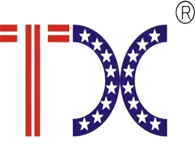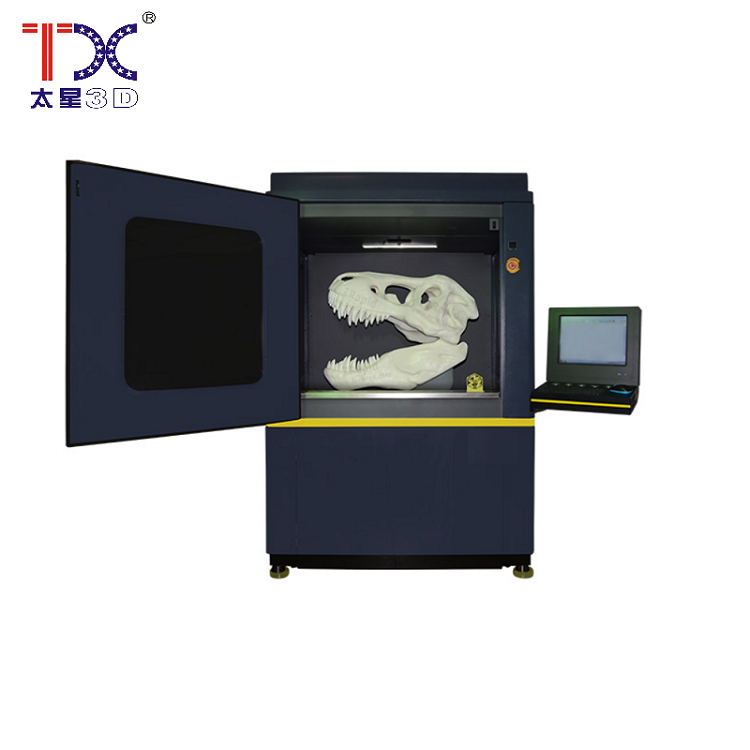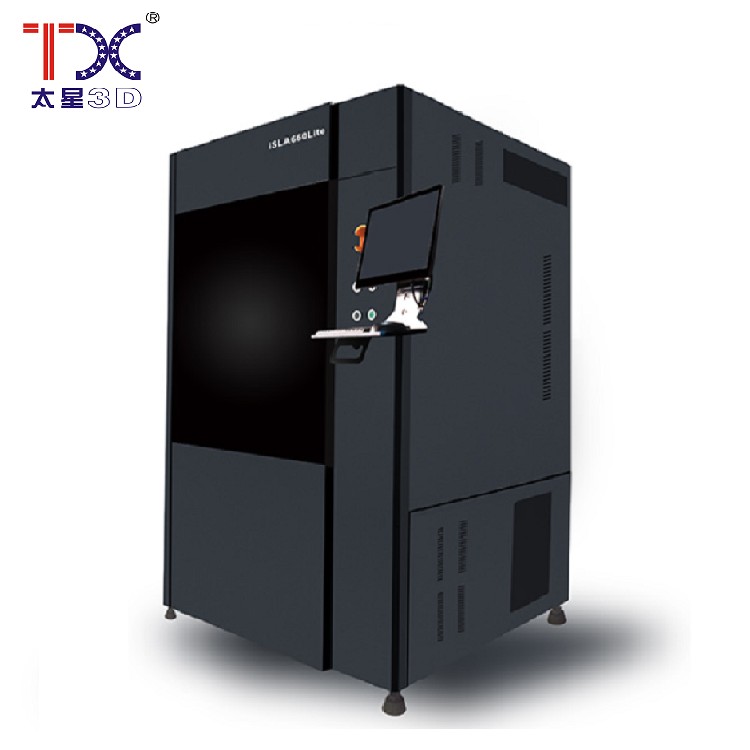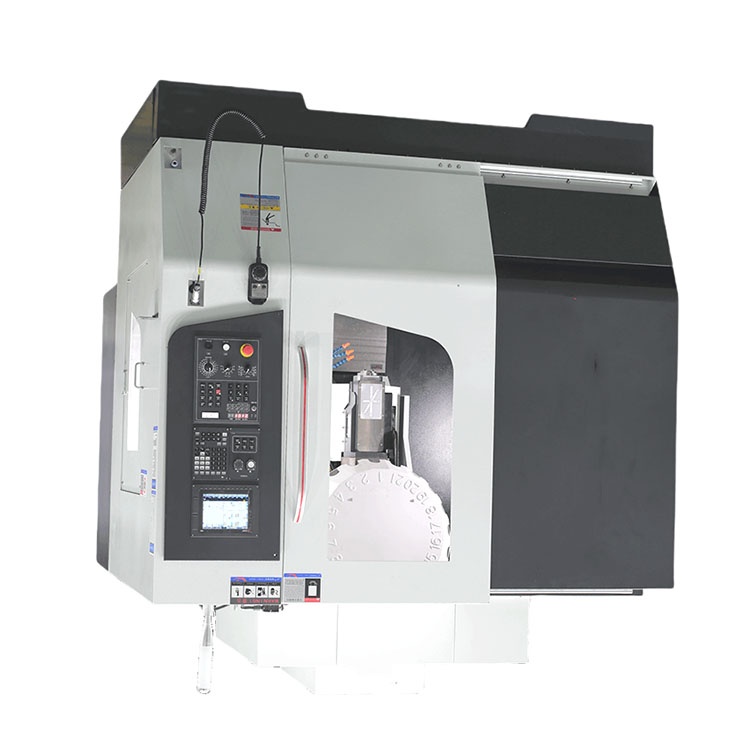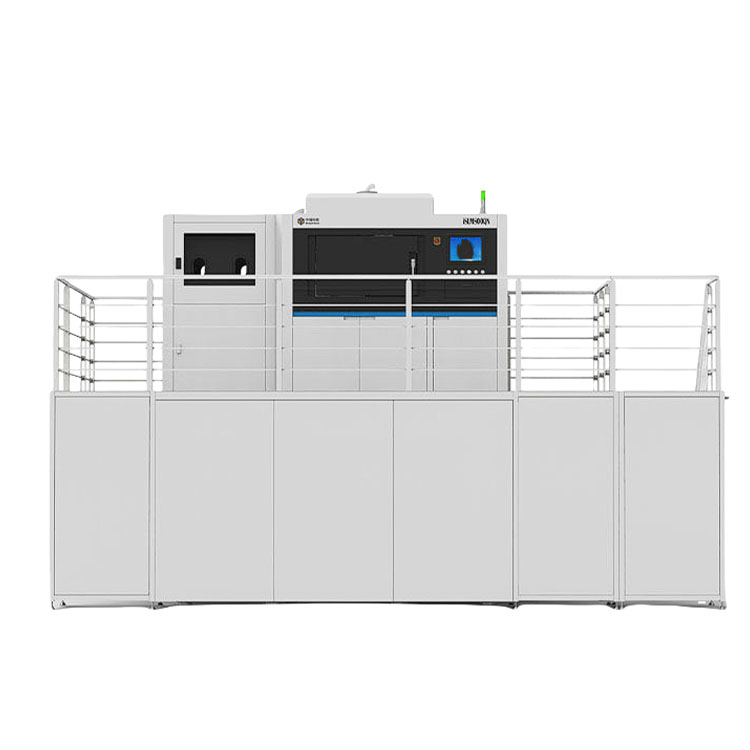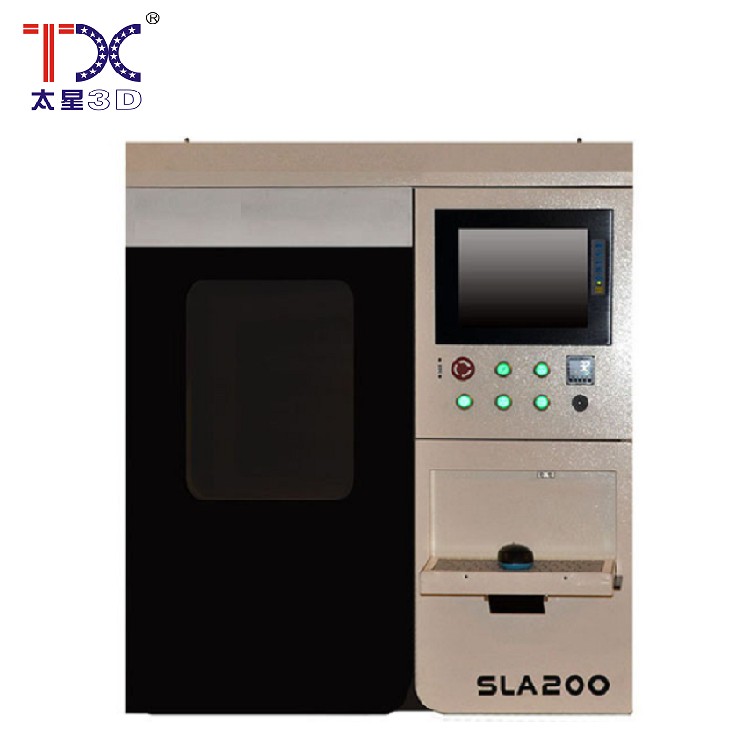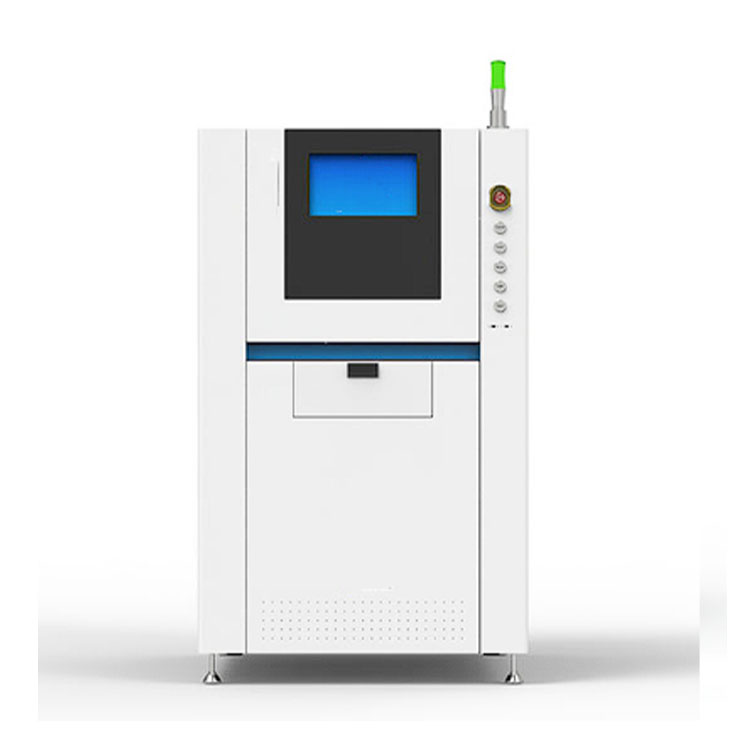
CNC with the highest axis
CNC with the highest axis
Modern production is increasingly relying on technological achievements, and one of the key elements of this evolution is a CNC with the highest axis. Imagine the incredible accuracy and speed with which this machine can process the material, like a magical mechanism that performs the most complex orders.
Features and advantages
The key feature of such a machine is the ability to work with details of a significant height. This means that it can form complex geometric shapes, create details that were previously inaccessible to processing. For example, Imagine creation of a massive sculptural relief, or an extensive part for a spaceship. Such machines open incredible horizons for engineers, designers and manufacturers. The high axis allows you to process large parts in one entry, significantly reducing time and resources. It also increases accuracy, since the whole process occurs on one machine. In addition, higher axes mean a decrease in the need for additional rearrangements and movements, which makes the process more effective.
Technological embodiment
Such machines are based on advanced control technologies that provide uninterrupted and accurate operation. Complex software algorithms allow you to control the position of the tool with high accuracy, which is critical to achieve the required geometric parameters. Modern CNC machines are equipped with high -precision sensors that monitor the position of the tool in three -dimensional space. This allows you to create extremely complex geometric shapes, which cannot be possible with a conventional machine. The mechanism of lifting and lowering the axis is also developed using the latest materials and technologies, guaranteeing reliability and durability.
Development prospects
The future of CNC machines with the highest axis looks promising. The development of technology will create even more powerful and accurate models that can process materials with high strength and density. The integration of artificial intelligence can lead to automation of the process of design and management of the machine, which will allow manufacturers even more quickly and more efficiently create details of any complexity. Perhaps in the future we will see such machines that can create complex prototypes directly on production sites, accelerating the development cycle of new products.
AppropriateProducts
Corresponding products
The best soldproducts
The best -selling products-
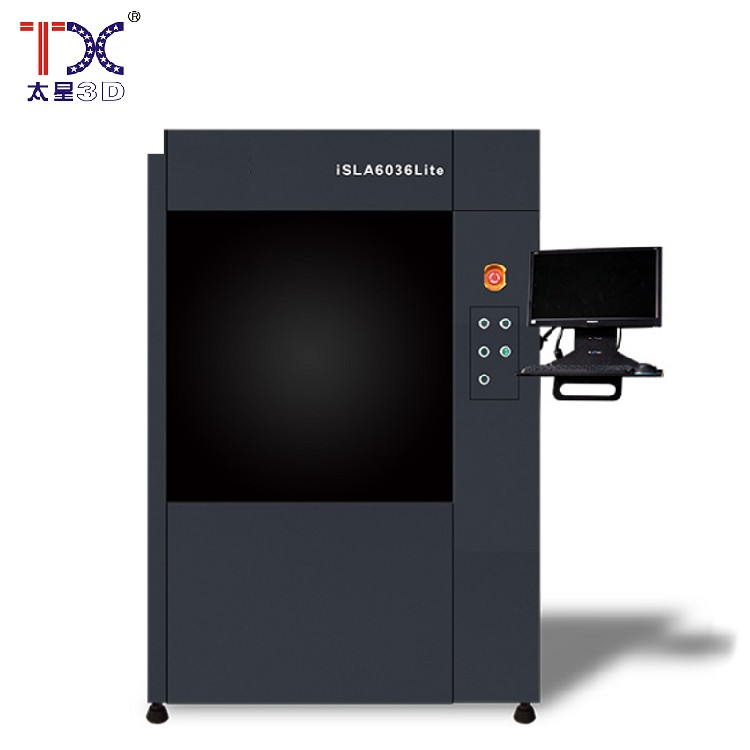 Taisin Light-adopted 3D printer SLA6036
Taisin Light-adopted 3D printer SLA6036 -
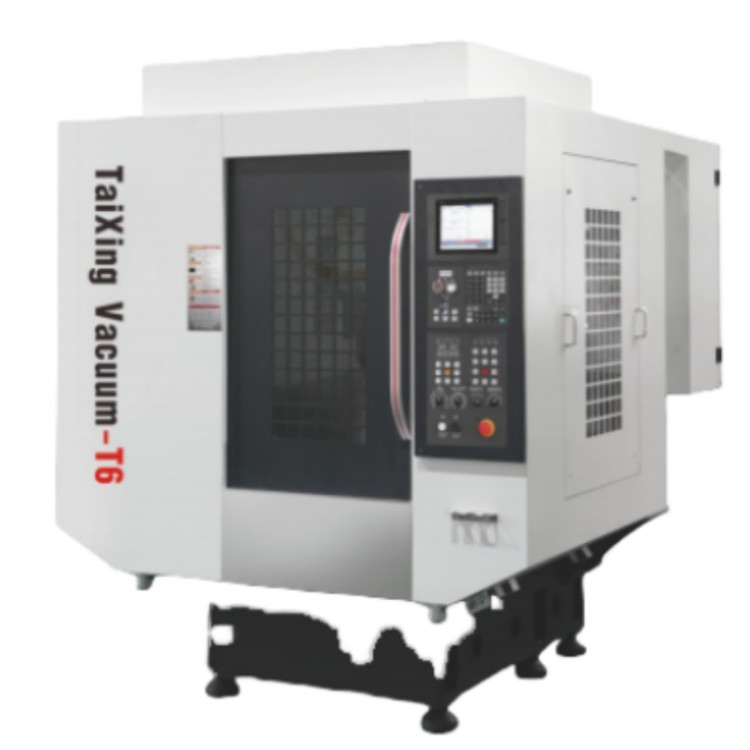 Taisin high-speed drilling and threaded machine TX-T6
Taisin high-speed drilling and threaded machine TX-T6 -
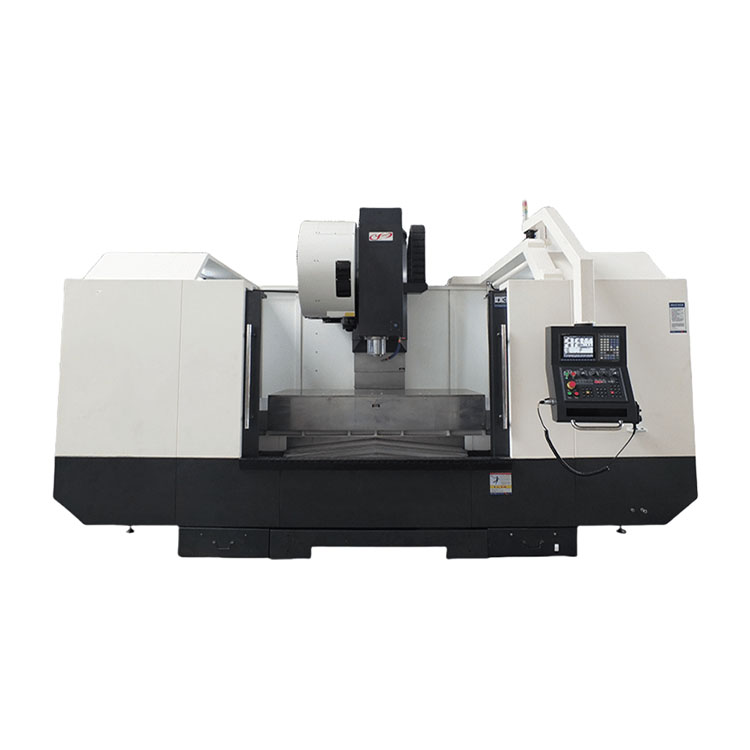 Taisin high-precision vertical processing center with CNC VMC TXP-1890
Taisin high-precision vertical processing center with CNC VMC TXP-1890 -
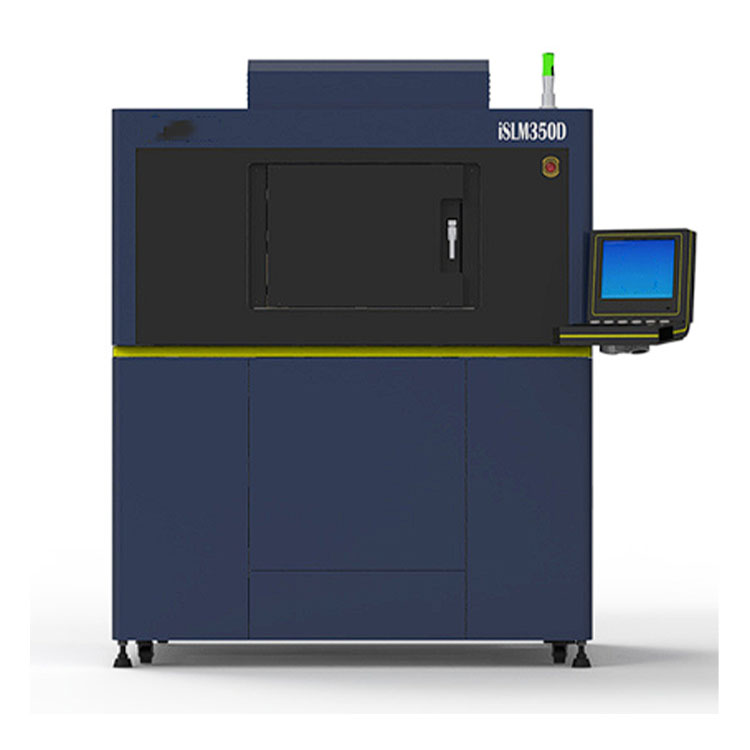 Taisin Metal 3D printer ISLM350D
Taisin Metal 3D printer ISLM350D -
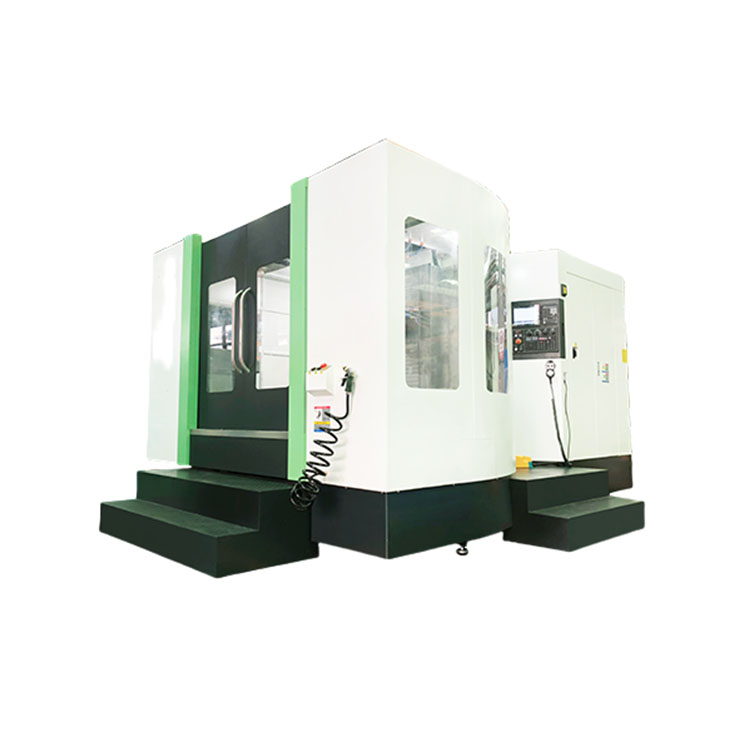 Taisin horizontal processing center with CNC High accuracy HMC TXHD-630
Taisin horizontal processing center with CNC High accuracy HMC TXHD-630 -
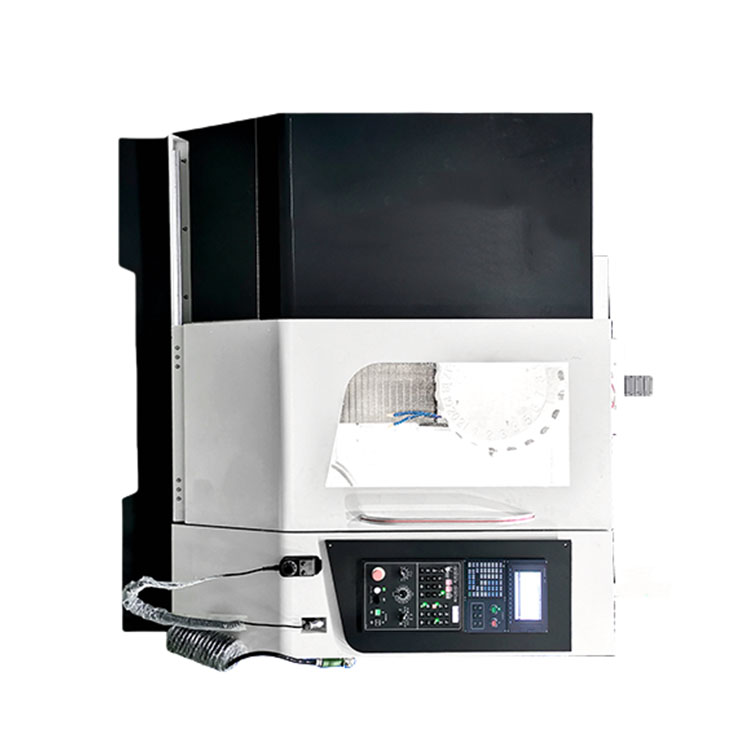 Taisin processing center for drilling and cutting threads TXT-800
Taisin processing center for drilling and cutting threads TXT-800 -
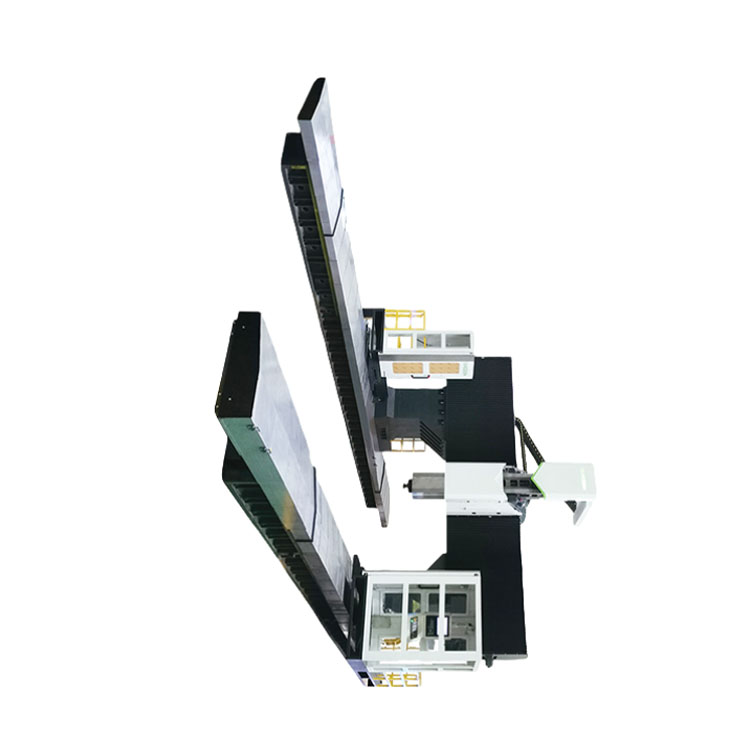 Taisin Pyatioseva CNC processing center for machining TXMT-21042
Taisin Pyatioseva CNC processing center for machining TXMT-21042 -
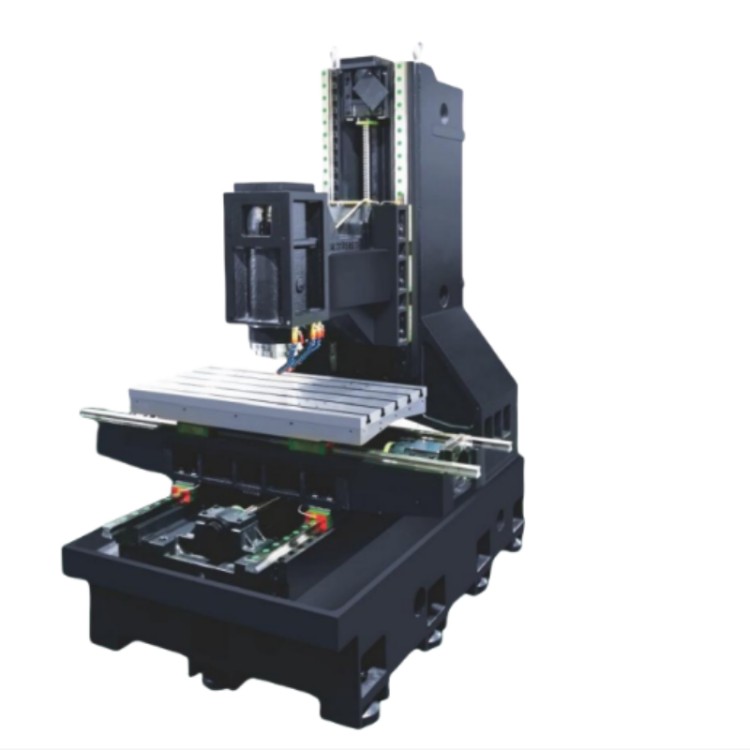 Taisin three-wire rail molding machine of high stiffness TX-6027
Taisin three-wire rail molding machine of high stiffness TX-6027 -
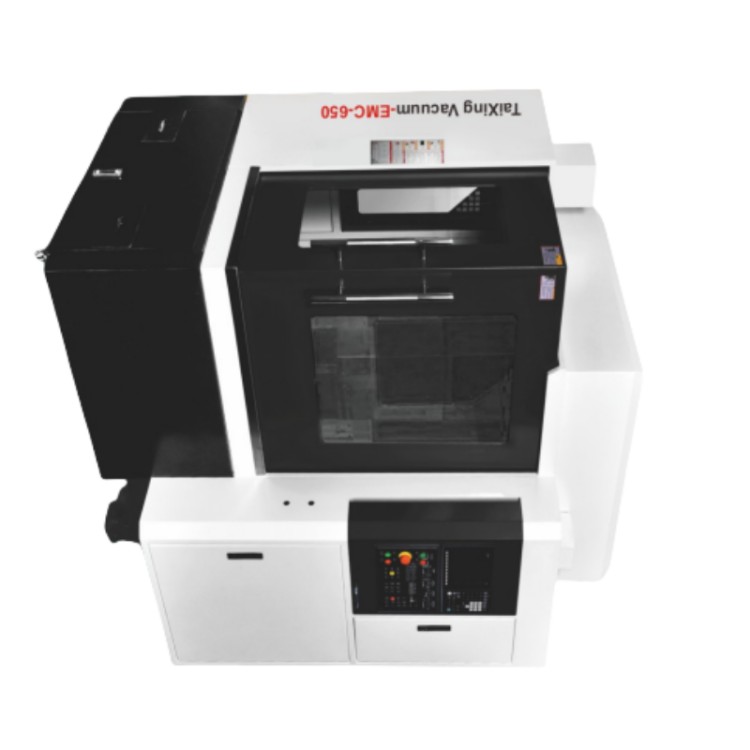 Taisin Gravity-milling machine EMC-650
Taisin Gravity-milling machine EMC-650 -
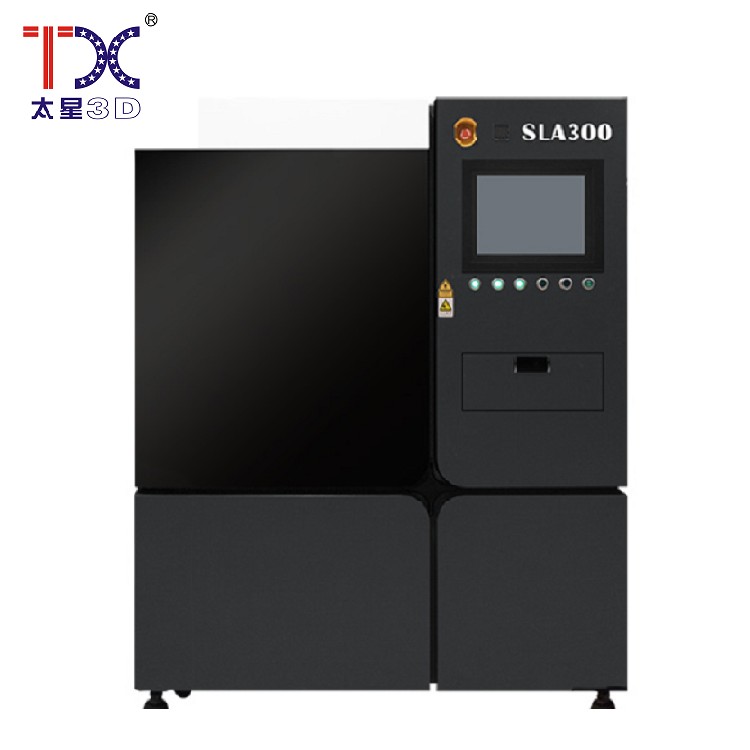 Taisin Light-adoptive 3D printer SLA300
Taisin Light-adoptive 3D printer SLA300 -
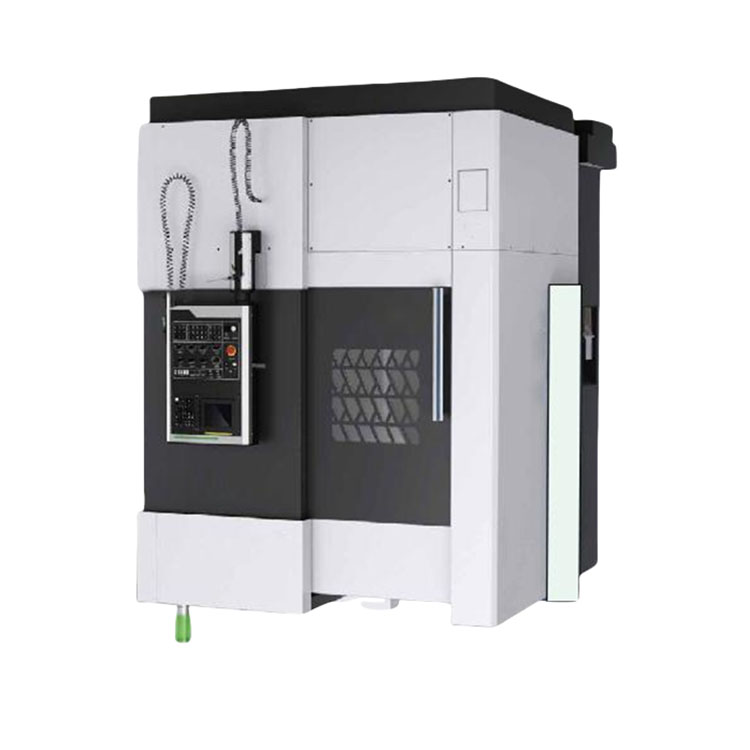 Taisin Vertical CNC TXLC-500 CNC
Taisin Vertical CNC TXLC-500 CNC -
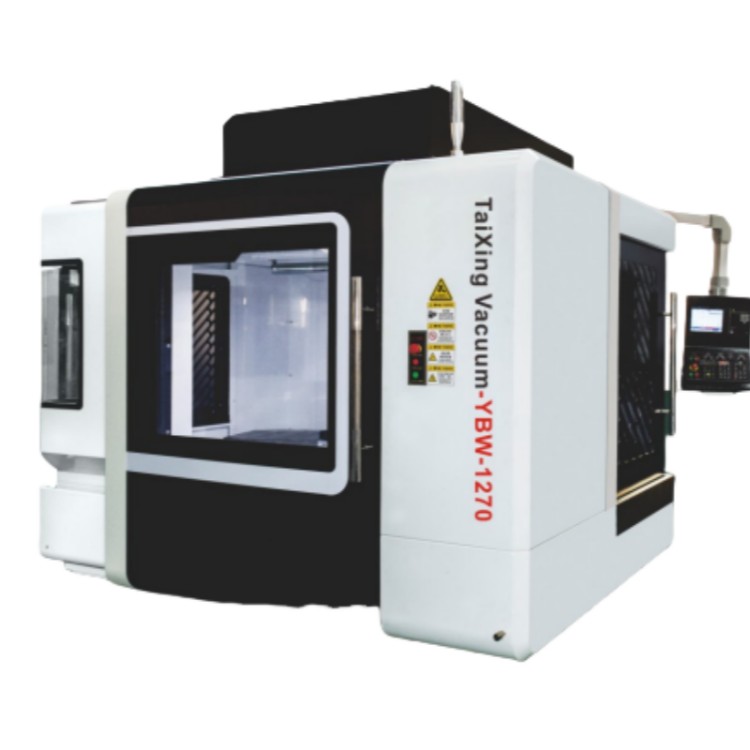 Taisin horizontal processing center YBM-1270
Taisin horizontal processing center YBM-1270
Connectedsearch
Related search- Cheap 9 axes of CNC machines suppliers
- Chinese factories for the production of bussters with CNC
- Cheap manufacturers of a 5-axis processing center
- 5-axis processing center with CNC
- Factories that OEM quality 5 axis processing centers
- 2 CNC axis manufacturers in China
- Cheap suppliers of six -axis CNC machines
- Cheap 8 axes of manufacturers CNC machines
- Cheap factories of the CNC processing center
- Chinese CNC OSSIA manufacturer
